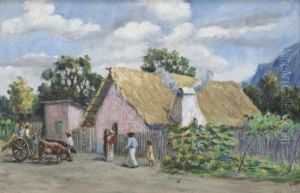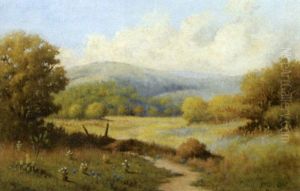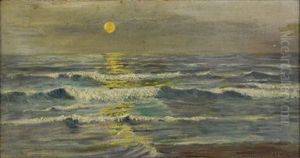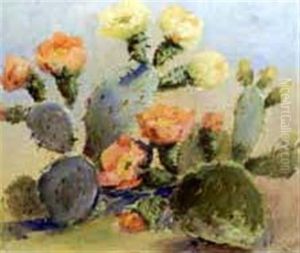Eloise Polk Mcgill Paintings
Eloise Polk McGill was an American painter known for her portraits, landscapes, and still-life paintings. Born in Nashville, Tennessee, in 1882, McGill was part of the early 20th-century art scene, which saw significant changes in styles and subjects as modern art began to take shape. Though not as widely recognized as some of her contemporaries, McGill's work provides a window into the artistic transitions of her time, capturing both the ethos of American culture and the personal perspective of a woman artist in an era when the art world was predominantly male-dominated.
McGill's education in art began at a young age, as she showed an early talent for drawing and painting. She pursued formal training at the Art Students League in New York City, where she studied under influential artists and instructors of the time. Her education was further enriched by travel and study in Europe, which was quite common for artists of her generation who sought to experience the art and culture of the Old World firsthand.
Throughout her career, McGill participated in numerous exhibitions and was a member of various art associations. Her work was well-received, with several pieces being acquired by private collectors. Despite the recognition she received during her lifetime, McGill's legacy, much like that of many female artists of her era, has not been prominently featured in the mainstream historical art narrative.
Eloise Polk McGill's contribution to American art, particularly in the realm of portraiture, is notable for its depth of character and attention to detail. Her landscapes and still-life paintings also display a keen eye for composition and color, reflecting the influences of both the American Impressionist movement and the realism that preceded it. McGill's artistic output remained consistent until her later years, and she continued to paint until her death in 1970. Today, her work is preserved in various institutions and by private collectors, offering insight into the rich tapestry of American art history.











